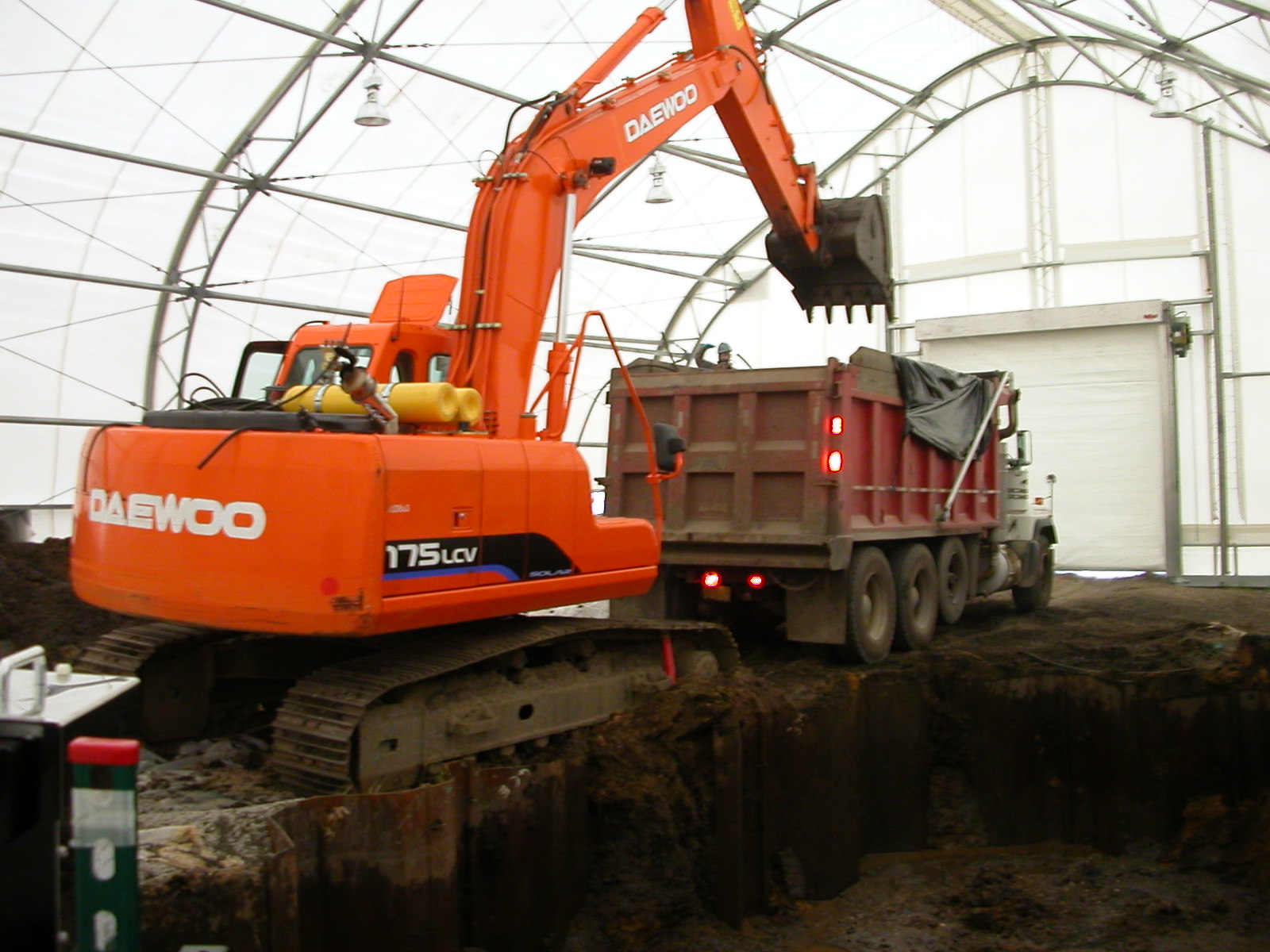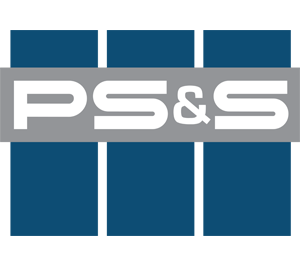
THE OPPORTUNITY
The Energy Utility Service Provider entered into an Order on Consent with New York State Department of Conservation to investigate and remediate contamination from past utility operations at the Long Island, New York Manufactured Gas Plant (MGP) Site.
THE CHALLENGE
The MGP Site operations began in the 1880’s, continued into the 1970’s and resulted overall in significant soil and groundwater contamination. Remediation of the soil and groundwater remediation was required to address the NYSDEC Order on Consent and then support the reuse of the Site.
THE PS&S SOLUTION
The Former MGP Site was remediated in three main units: operable unit # 1 through operable unit # 3. The mass excavation of impacted soil was required in the first unit to address specific NYSDEC deadlines.
PS&S designed, permitted, and implemented a $1.1 million Interim Remedial Measure (IRM) to remediate impacted soil and groundwater at the Brightwaters Yard. The IRM included three phases: excavation and disposal of impacted soi,; in-situ chemical oxidation, and enhanced biodegradation. The excavation part of the IRM was designed to remediate three defined “hot spots” that contained elevated concentrations of MGP-related constituents. Excavation depths ranged from 8 feet to 12 feet below ground surface (bgs) and 2 feet to 4 feet below the groundwater table. Steel sheeting was driven to depths ranging from 30 feet to 40 feet bgs to shore the excavation and to minimize groundwater intrusion. Approximately 1,500 tons of soil was excavated within a temporary fabric enclosure with an active ventilation system. The temporary enclosure maintained the excavation area under negative air pressure and prevented air emissions from migrating beyond the immediate work zone. Level B Personal Protective Equipment (PPE) was utilized during the IRM soil excavation work within the temporary enclosure. During the IRM, the following was removed for offsite disposal: 3,250 linear feet of pipe and pipe contents; 518 tons of remnant concrete; 338 tons of impacted soils; and former foundations, brick drywells and a part of a subsurface tunnel.
After completion of the excavation phase, stabilized hydrogen peroxide was injected into the subsurface soils between the “hot spot” areas to oxidize residual contaminants. The injections were performed at 27 discrete locations across the Site. Finally, an oxygen injection system was installed to enhance biodegradation of dissolved phased organic chemical constituents in the groundwater. The oxygen injection included the installation of 35 wells connected to an on-site oxygen generator which continuously pulsed oxygen into the groundwater.
RELATED PROJECTS
DISCIPLINES INVOLVED
GEOTECHNICAL
